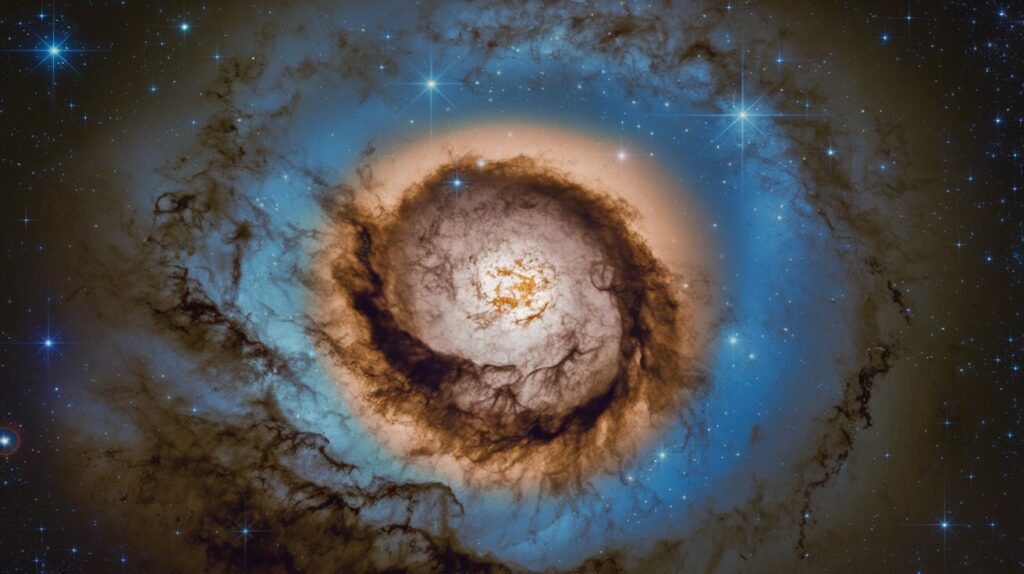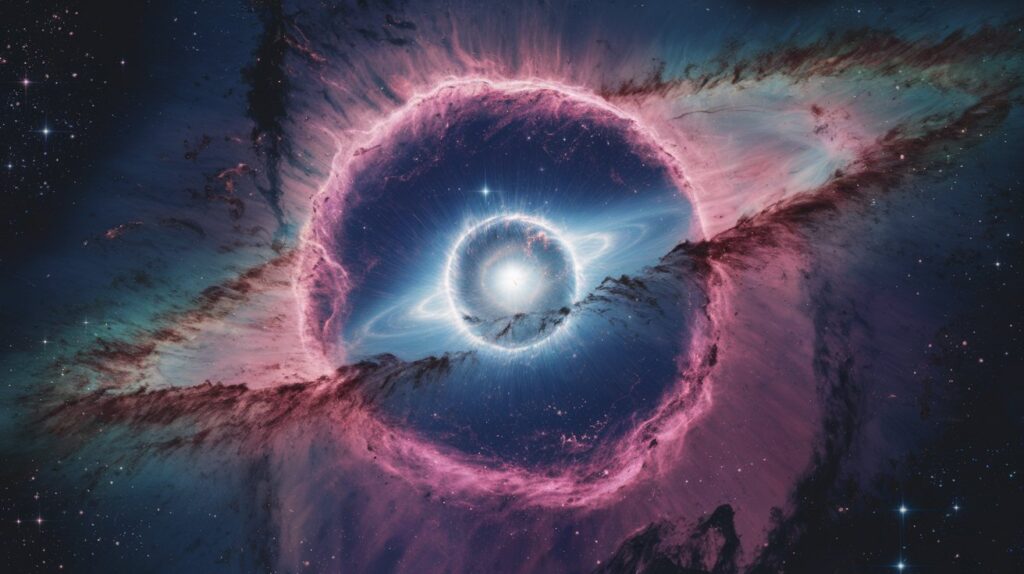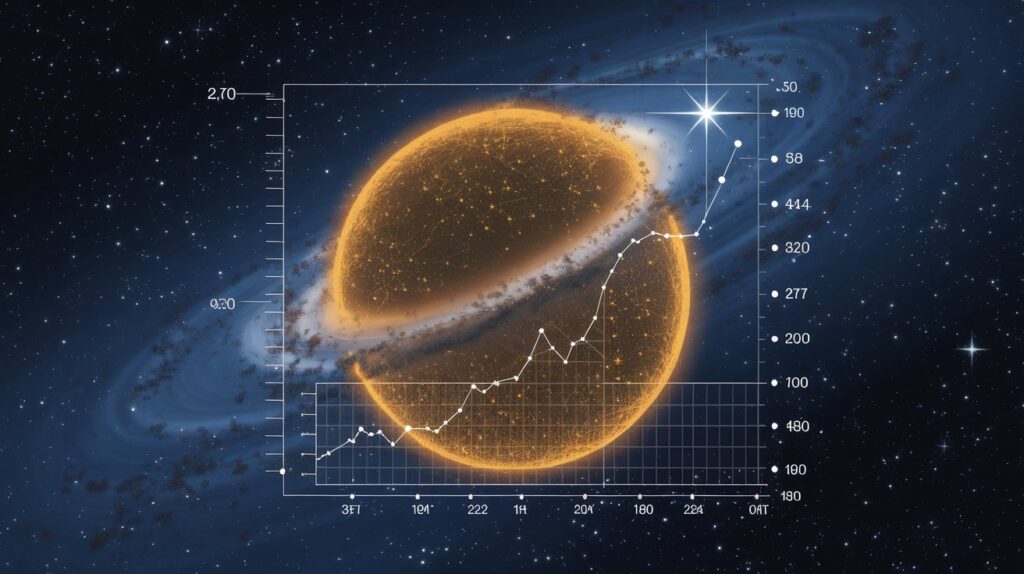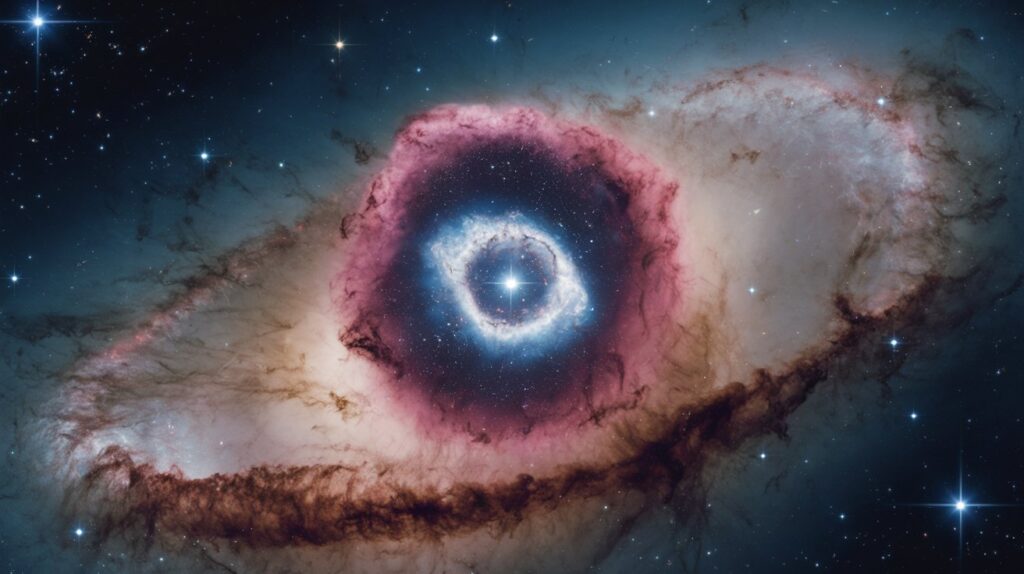The universe is vast, mysterious, and full of fascinating objects that help astronomers understand its structure and size. Among these cosmic objects, Cepheid variables hold a special place. These stars act as “mile markers” in the vastness of space, allowing scientists to measure distances to galaxies far beyond our own.
But what exactly are Cepheid variables? How do they work, and why are they so important for understanding the scale of the universe? This blog post will break down everything you need to know about these fascinating stars, making it easy to grasp even if you’re just getting into astronomy.

Introduction to Cepheid Variables
Imagine trying to measure the distance to a faraway city using only the light from a distant streetlamp. In a way, that’s what astronomers do when they study Cepheid variables. These stars are incredibly luminous and go through regular cycles of brightening and dimming, allowing scientists to use them as “standard candles” for measuring distances in space.
Cepheid variables are a type of variable star—meaning their brightness changes over time. However, what makes them stand out is the fact that their pulsations follow a predictable pattern. This unique property allows astronomers to calculate how far away these stars are, making them invaluable tools for understanding the size and scale of the universe.
How Cepheid Variables Work
At their core, Cepheid variables are stars that have burned through their fuel quickly. They belong to a special class of luminous variable stars that were once massive and hot, which caused them to use up their fuel much faster than smaller stars like the Sun. As a result, they enter a pulsating phase, where the star’s outer layers expand and contract in a regular cycle.
This pulsating behavior directly affects the star’s brightness. As the star expands, it becomes cooler and dimmer. When it contracts, it heats up and becomes brighter. The cycle of brightening and dimming typically takes anywhere from a few days to several weeks, depending on the star’s mass and other factors.
The period of the pulsation—how long it takes for the star to go from bright to dim and back again—is directly related to the star’s luminosity (the actual amount of light the star emits). This relationship between the period and luminosity is called the Period-Luminosity Relationship, and it’s the key to using Cepheid variables as cosmic distance markers.

Types of Cepheid Variables
There are two main types of Cepheid variables: Classical Cepheids and Type II Cepheids. Though both types pulsate in a similar fashion, they differ in their age, mass, and other properties.

Classical Cepheids
- Classical Cepheids are young, massive stars. They are usually found in galaxies with ongoing star formation, such as the Milky Way.
- These stars typically have shorter pulsation periods (from 1 to 50 days) and are brighter than Type II Cepheids.
- They are also more massive and have undergone a shorter evolutionary process, burning through their fuel quickly.
Type II Cepheids
- Type II Cepheids are older, less massive stars that formed in the early universe.
- These stars are often found in older populations, such as in globular clusters and the halos of galaxies.
- Type II Cepheids have longer pulsation periods (typically 10-100 days), and they are dimmer than Classical Cepheids.
Why Cepheid Variables Are Important for Distance Measurement
The true magic of Cepheid variables lies in their ability to help astronomers measure distances to galaxies far beyond our Milky Way. Thanks to the Period-Luminosity Relationship, scientists can calculate the intrinsic brightness of a Cepheid variable based on its pulsation period. Once they know how bright the star truly is, they can compare it to how bright it appears from Earth. This comparison allows astronomers to calculate how far away the star—and by extension, the galaxy it resides in—truly is.
This method has been pivotal in mapping out the structure of the universe and measuring vast cosmic distances.
Discovering the Universe Through Cepheid Variables
The discovery of Cepheid variables as distance markers revolutionized our understanding of the universe. Before this, astronomers struggled to gauge distances beyond the stars in our galaxy.
In the early 20th century, astronomer Henrietta Swan Leavitt made a groundbreaking discovery when studying Cepheid variables in the Magellanic Clouds. She noticed that brighter Cepheids had longer pulsation periods, leading to the establishment of the Period-Luminosity Relationship. This opened the door to measuring vast distances in the universe.
Famed astronomer Edwin Hubble later used Cepheid variables to determine the distance to the Andromeda Galaxy, proving that it was a separate galaxy from the Milky Way. This finding expanded our understanding of the universe’s scale and eventually led to the discovery that the universe is expanding.
Famous Cepheid Variables in History
Over the years, several well-known Cepheid variables have played crucial roles in astronomical discoveries. Here are a few of the most famous:
Delta Cephei
- Delta Cephei is the prototype star from which the name “Cepheid” is derived. It’s located about 887 light-years away from Earth and is one of the most studied Cepheid variables.
RS Puppis
- RS Puppis is one of the brightest and most famous Cepheid variables. Its brightness fluctuates over a period of about 41 days, making it a valuable star for distance measurements.
Polaris (North Star)
- While not as well-known for its variability, Polaris is actually a Classical Cepheid variable. Its pulsations are subtle but still noticeable to astronomers.
Cepheid Variables and Modern Astronomy
In the era of space telescopes and advanced astronomical techniques, Cepheid variables continue to play a central role in measuring distances across the universe. The Hubble Space Telescope, for example, has used Cepheid variables to refine the value of the Hubble Constant—the rate at which the universe is expanding.
Furthermore, Cepheids are also important for studying the structure of galaxies. By identifying Cepheid variables in distant galaxies, astronomers can create more accurate maps of their shapes and sizes. Additionally, Cepheid variables help refine measurements of the universe’s age and contribute to ongoing research about dark energy.

Conclusion: Key Takeaways and Summary
In summary, Cepheid variables are essential cosmic tools that allow astronomers to measure vast distances in space. Their predictable pulsation periods, coupled with their luminosity, make them “standard candles” for distance measurement. From Henrietta Swan Leavitt’s discovery of the Period-Luminosity Relationship to Edwin Hubble’s use of Cepheid variables to expand our understanding of the universe, these stars have played a pivotal role in modern astronomy.
Key Takeaways:
- Cepheid variables are a type of luminous variable star whose brightness changes predictably over time.
- They are divided into two types: Classical Cepheids (young and massive) and Type II Cepheids (older and less massive).
- The Period-Luminosity Relationship is key to using Cepheid variables for measuring distances in space.
- These stars have been crucial in major astronomical discoveries, including the expansion of the universe.
Tables
Comparison of Classical Cepheids vs. Type II Cepheids
| Feature | Classical Cepheids | Type II Cepheids |
|---|---|---|
| Age | Young, Massive Stars | Older, Less Massive Stars |
| Luminosity | Brighter | Dimmer |
| Pulsation Period | Shorter (1 to 50 days) | Longer (10 to 100 days) |
| Found In | Galaxies with star formation | Globular clusters, halos |
Famous Cepheid Variables
| Star Name | Distance from Earth | Pulsation Period | Notable Features |
|---|---|---|---|
| Delta Cephei | 887 light-years | 5.37 days | Prototype for Cepheid class |
| RS Puppis | 6,500 light-years | 41.4 days | Brightest Cepheid variable |
| Polaris | 323 light-years | 3.97 days | North Star, a Cepheid |
How Cepheid Variables Help Measure Distance
| Step | Explanation |
|---|---|
| Observe Pulsation Period | Measure the time it takes for the star to brighten and dim |
| Use Period-Luminosity Relationship | Determine the star’s true luminosity (brightness) |
| Compare to Apparent Brightness | Compare how bright the star appears from Earth |
| Calculate Distance | Use the difference to calculate the distance |
Important Point
| NO. | Important Points |
| 1. | About Us |
| 2. | Contact Us |
| 3. | Disclaimer |
| 4. | Privacy Policy |
FAQ: Everything You Want to Know About Cepheid Variables
What makes Cepheid variables different from other stars?
Cepheid variables are unique because they pulsate regularly, causing predictable changes in brightness. This makes them valuable tools for measuring cosmic distances.
How do astronomers use Cepheid variables to measure distance?
By studying a Cepheid’s pulsation period, astronomers can determine its true brightness. Comparing this to how bright the star appears from Earth, they can calculate the distance to the star.
What is the Period-Luminosity Relationship?
The Period-Luminosity Relationship is the connection between a Cepheid’s pulsation period and its true luminosity. Longer periods mean the star is more luminous, while shorter periods indicate a dimmer star.
Are Cepheid variables still important in modern astronomy?
Absolutely! Despite advancements in technology, Cepheid variables remain essential for refining our understanding of the universe’s size, structure, and expansion rate.
Why are Cepheid variables called “standard candles”?
Because of their predictable brightness patterns, Cepheid variables are used as a “standard” to measure the distance to faraway objects in the universe, much like how a candle can be used to estimate distance in a dark room.

Pingback: Understanding the Celestial Sphere: A Guide to Mapping the Night Sky 1